Cessarches are the next relatives of chickens and partridges. They come from Africa, but remarkably feel both in a cold climate. They can be grown in cells, and in walking, these birds are not whims. They are rarely sick, the only thing is not like dampness.
Poultry house and walking for foresters
Despite the fact that these birds are quite freedom, they feel well in closed rooms. However, in cells still keep them not recommended. You need to do for them at least a small walk. But for the night, it is necessary to drive them into the poultry house, otherwise they will spend the night in the trees and will become wild ever. Therefore, if you give your birds some freedom, teach them to feed at the same time, and it is necessary to produce foreigners in the morning just when they are already demolished.
Experienced poultry farms claim that for the foresharok no need to build some kind of special poultry house, they will feel normally and in the usual chicken coop. Placing birds must be based on the calculation per square meter - 2 heads. In winter, they can live in the smokeshief constantly, but with the onset of heat you can produce them into walk. There, one bird should accounted for 30 square meters of the square. Fencing the walled mesh from the wire to a height of 2 meters, her birds will not be able to fly. It is desirable that shrubs grow and shrubs to create conditions similar to natural.
In the middle of the walking need to put a mobile house, where the birds will hide with the onset of darkness, there they are equipped with pancakes, where they are sleeping. Cessarries are rarely flying through the fence and go away from the roar. If some kind of bird flew away, then it usually strives to get inside the fence.
Those ceshards who have turned together, then holding a group all the time, they are also rapidly getting used to people who care about them, but they treat someone else's people very wary and raise a cry if he enters their territory.
Sawdust can be used as a litter. In winter, they warmly walk around them, and in the summer it's good to clean the litter with them. Since birds love to rummage in the ground, it will correctly pour sand or ash in the wallet.
Feeding a cesharok.
In the wild, the food of these birds is quite diverse, in the spring and in the rainy period of their main food are insects and worms. In summer, they feed on berries, kidneys, leaves, grass, seeds, and special delicacies for them are field mice and small reptiles.
At home, cesharoks are mainly fed by grain, in particular, corn. The principle of feeding is approximately as for chickens. There are some features of feeding:
- Since there are a lot of grass in the wild, the guinea are eaten, then at home you need to give a lot of greens, except for grass in the diet, there should be rubbing carrots, chopped needles (supplier of carotene-needed carotene birds) and dried clover.
- When birds will take place in the period of egg layout, grain crops and fish flour are introduced into their diet. Clover hay and chew can be replaced with finelylated nettle and lettuce leaves. On the day for one bird, it is enough to give 100 grams of grass.
- For any period of the year, feed birds is needed at the same time, preferably at six in the morning, twelve and eighteen hours. In the first two meals, they give a porridge from juicy feed and yeast, and barley and oats are poured for dinner.
- At the end of each month, the guidelines need to be weighed, it is done in order to determine whether the birds do not burn, because they eat without measure and swim very quickly.
- Per year per bird should account for 35 kg of grain. In winter, greens are replaced with rootes and hay.
- To prepare birds to the egg laying, you need to slightly increase animal and grain food in February. Grain feed should be about one hundred grams on one head, and animal fifteen grams. From September, the birds from the birds decreases and from now on, it is necessary to reduce the content of feed, and ensure that the bird does not linger.
- Be sure to add vitamin A and B12 into the diet.
Growing young
In the wild, the ceshards live in pairs, there is no need for a household in this need, so many of the hosts for breeding holds four female on one male. Such content will provide good egg production. Pairing birds starts from mid-March. Features of the content of young trains, breeding and care:
- In the first weeks of the life of chicks need to be kept in a dry place, with sand on the floor and well heated room.
- Farmers' opinion is divided into account where it is better to grow tesaret: in the incubator or under the zeal. If the walk is good, and the weather is warm and not raining, then the ceshards will be wonderful with the role of the zoom, but in rainy weather they will not have the opportunity to hide chicks, because of which they wet, get sick and may die.
- Keesaryat, you need to learn to sit on the piping, for this there are food. Fine chicks that can already leave the nest independently, you need to move to the poultry house. There is a chicken in the chicken coop, and the kids will give the opportunity to go out and enter the chicken coop. Three days later, an adult bird recognizes the chicken coop by his home and can be free to walk freely, and the teesaryat will pursue her.
- The chicken coop is built without sex, so it needs to move daily to another place so that dampness in the smokeshief does not divorce.
- On the first day of the tesaret, they are going in a handful and hide from the nasal, so they need to be attached to the bird themselves. By the end of the day, they will be accustomed to themselves.
- The first food for chicks is an egg welded into a cool, mixed with bread crumbs, also bread can be wetted in milk, squeeze and crumble. They eat tesareat three times a day if they live in a pasture, they themselves will find food for themselves, if in the poultry house, they need to be fed with crushed leaves of dandelion, gentle by oats and onions. We must also constantly stand the drinkers, and in the feeders lie gravel and shell.
- By three months, the ceshark can begin to refill with a dough from flour and stewed roots. You can feed in ordinary grain, so they will feed meat and fat a little longer. Slaughter of the guards and treatment of the carcass occurs just like the chickens.
Breeding for sale for sale
If you are considering breeding of workarians as a business, then you first need to understand such aspects from the life of these birds:
- This bird lives in herd, so it is quite capable of carrying out from one pasture to another, it can be useful when grasted.
- The more birds you have in one flock, the better they feel, live, gain weight and lay eggs.
- In the nature of the birds fly, which means they need to trim the wings.
- Cessarches do not like to rush in artificial nests, if there is an opportunity, then let them equip themselves to equip the nest from the branches and hay in the bushes.
- In order not to reduce egg production in the winter season, you need to provide birds with additional lighting. Update the livestock is recommended at the age of three.
To calculate income, you need to figure out such concepts as the average price of the products and productivity of birds.
- If we talk about meat, then the females are larger and, accordingly, heavier than the male. The middle female weighs about 2-2.5 kg, the weight of males reaches 1.5 kg. Such a Weight Tsearka is gaining to seven months. You can sell the poultry meat on the market approximately 400 p. per kilogram.
- If we talk about the eggs, then for six months, and the birds rushes from April to September, one cesharrine can bring from 50 to 110 eggs. One egg costs about 20 p.
- If we talk about chicks, then in one season, one non-drying can give about 50 chicks. It is possible to sell his daily age for 70 rubles, if you feed one month, then its price will increase to 400 rubles, and you can sell from 500 rubles to the adult bird. Price prices, it all depends on the region and the bird breed.
If you have decided that you will be profitable for sale for sale. Now you need to buy, for example, a hundred daily chicks, pay for them about 7 thousand rubles. Consider feed on them and wait 7 months until they grow up. Next, you can go in different ways to make a profit:
- Sell \u200b\u200byoung. One hundred birds usually account for 40 female and, accordingly, 60 males. Noncils will give 40 chickens per season, and this is 400 thousand rubles a year, if we grow and sell. You can also sell too much males, leaving yourself (on 4 female 1 male). Thus there will be extra 50 birds. They will grow by weight of 1.5 kg, sell 400 p and will be income of 30 thousand rubles. Total, without considering the cost of feed, the profit will be 423 thousand.
- Sell \u200b\u200bmeat. To do this, the bird is reinforced to feed. It grows on average 1.7 kg. If it all sells it, then it will turn out 68 thousand rubles. This is the most "cheap" option.
- Sell \u200b\u200beggs. If you take 100 nonars, one per year will demolish 180 eggs, if everything is sold, then it turns out 342 thousand rubles.
From expenses, you can allocate:
- The cost of buying a bird.
- Arrangement of the poultry house.
- Purchase feed.
- Expenses for transportation of products or birds.
- And if there are workers, then the payment of their labor.
So that breeding of the guidelines in the household economy is quite profitable. In any case, those who are engaged in these birds will always be provided with delicious eggs and dietary meat.
Detailed information about the guidelines and their breeding can be viewed on video.

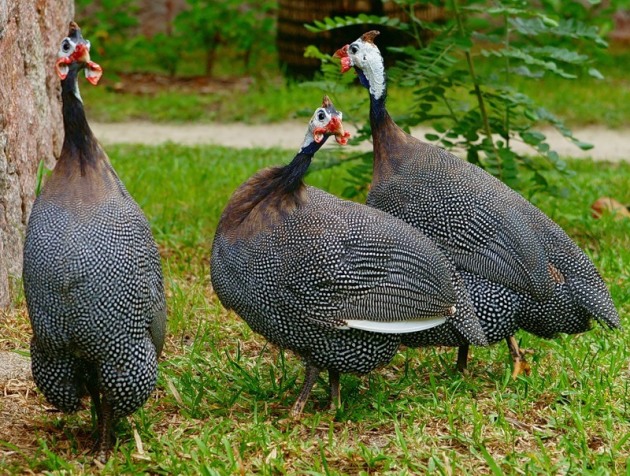
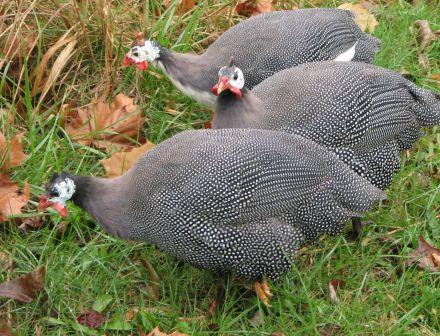
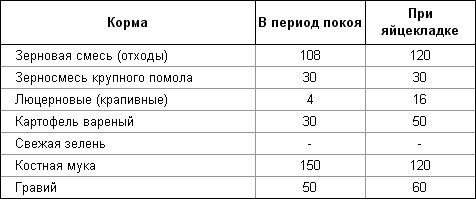


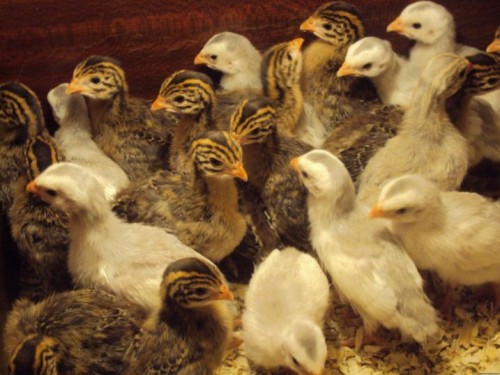
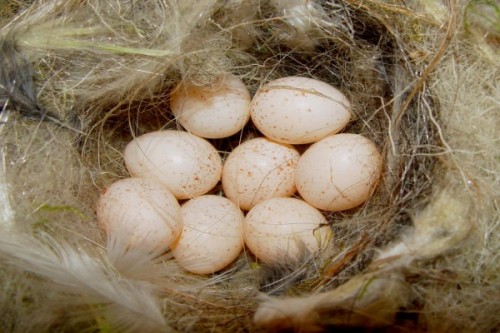


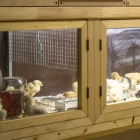
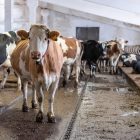
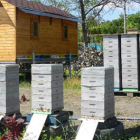
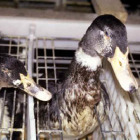


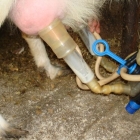
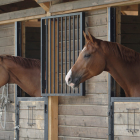
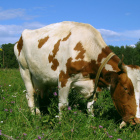

 Start a discussion ...
Start a discussion ...